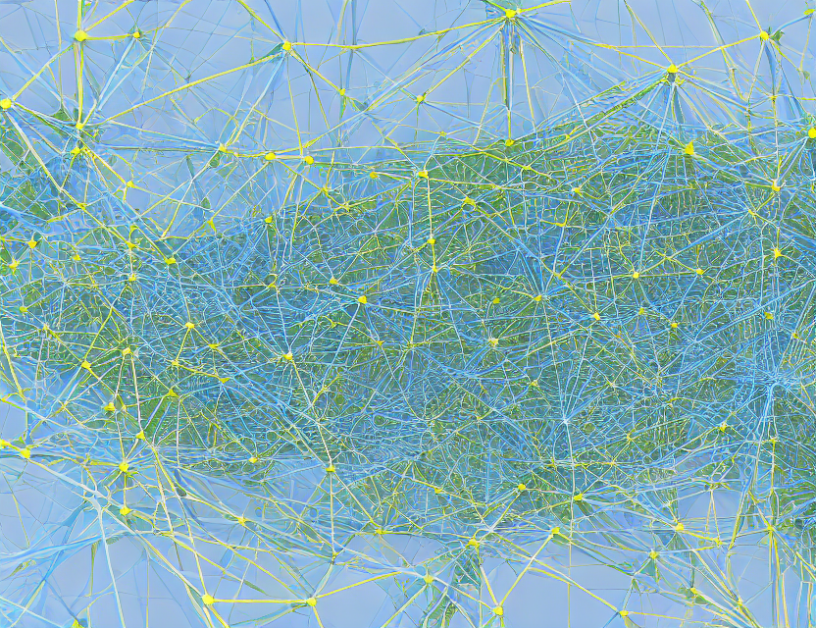This article discusses the problem of evaluating graph neural network (GNN) models using real-world datasets and proposes several approaches to address this challenge. The authors argue that relying solely on benchmarks can lead to biased models, as they may not generalize well to unseen datasets. To address this issue, the article presents three methodologies: GRACE, MVGRL, and BGRL.
GRACE (Graph Contrastive Representation Learning) generates a corrupted view of the graph by removing edges and learns node representations by maximizing agreement across two views. MVGRL (Contrastive Multi-View Representation Learning on Graphs) argues that contrastive methods are most effective when comparing encodings from first-order neighbors and a general graph diffusion. BGRL (Bootstrapped Graph Latents) uses a self-supervised bootstrap procedure by maintaining two graph encoders, where one learns to predict the representations of the target encoder.
These methodologies aim to evaluate GNN models on real-world datasets, such as Cora, CiteSeer, DBLP, and more. The article highlights that using multiple datasets for evaluation helps mitigate dataset bias and improves the models’ ability to generalize across different datasets. By employing these methodologies, the authors hope to demystify the complexity of GNN evaluation and provide a more comprehensive understanding of their performance on real-world graphs.
In summary, this article presents three approaches to evaluate graph neural networks using real-world datasets, aiming to overcome the limitations of relying solely on benchmarks. By using these methodologies, researchers can better assess the generalization capabilities of GNN models and improve their overall performance on a wide range of graphs.
Computer Science, Machine Learning
Exploring the Power of Network Analysis: A Comprehensive Review of Datasets and Performance Metrics



